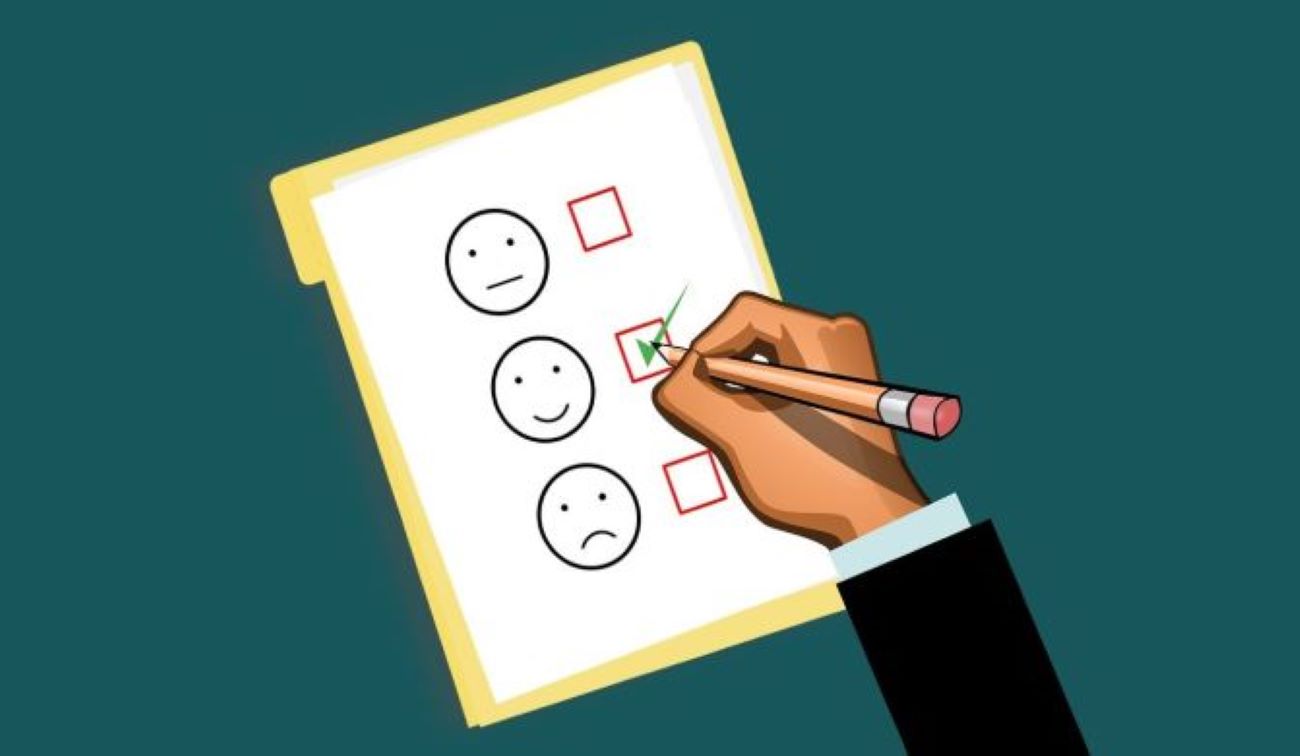In summary below:
KPMG was delighted to host a webinar in which we unveiled the headline results of our inaugural customer experience research amongst users of public services in health and local government.
For the last 12 years, KPMG Nunwood has run customer experience benchmarking research across many thousands of customers – but these have been users of private sector services. In the summer of 2021, the research was extended for the first time to cover the public sector, with over 9,300 responses relating to healthcare and nearly 5,700 for local government.
A changing service picture
Jo Thomson, Director in KPMG’s Infrastructure, Government and Healthcare (IGH) practice, set the context. She explained that the research methodology is based around six pillars that define customer experience provided by world-leading organisations – personalisation, integrity, expectations, time and effort, resolution, and empathy. By applying these pillars to the customer experience in the public sector, KPMG has been able to draw a detailed picture of where service stands today – and where it needs to get to.
Whilst the term ‘customer’ in the public sector environment is not widely used, it is certainly growing and gaining more traction. This perhaps reflects the wider picture of change, that was accelerated and accentuated by the pandemic. Customer (and colleague) expectations of the quality of their experience are increasing, there are rising levels of demand in the post-pandemic era, and individuals have complex and ever-changing needs. “Globally, we are seeing a shift in public sector service provision,” Jo said. “Approaches are being transformed. Relationships need to become more two-way. Digital is a key aspect of the transformation, along with ensuring inclusivity.”
Key public sector findings
What then were the key findings? These were presented in terms of Net Promoter Scores (NPS) – a proxy for levels of customer satisfaction. Without doubt, the results for healthcare benefited from the timing of the research – during the pandemic – when public feelings of empathy, appreciation and satisfaction towards the NHS and related services were riding high.
For health, notable findings included 80% of citizens saying they felt listened to and understood by staff, while 75% said they considered themselves a ‘customer’ of the NHS – a finding that is sure to generate plenty of discussion within the service. Less positively, 40% of respondents said they couldn’t access the right person in the NHS at the first attempt. Significant numbers also felt that digital services were not simple and seamless.
Read more about this on their website.

